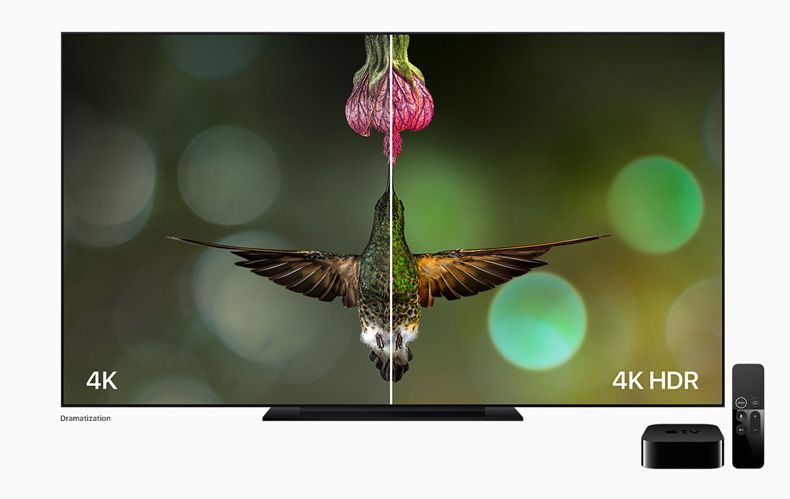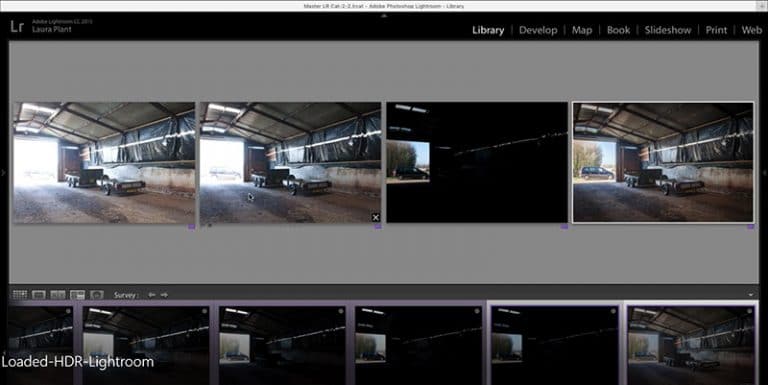

The more recent extension of Dolby Vision is Dolby Vision IQ, which adapts the picture's contrast and brightness according to the level of lighting in your viewing environment. While the quality of a Dolby Vision presentation is still dependent on how well it's implemented on each film – and we've seen one or two that have not been great – Dolby Vision done right is definitely better than the best HDR10, particularly in terms of subtlety and nuance. HDR10, meanwhile, applies its parameters scene-by-scene – for instance, every time a camera angle changes. In theory, this should allow for a subtler, more improved image.
#Tv hdr effect tv#
It's adapted to the specific abilities of your TV, too, and auto-calibrates your TV to what it deems to be the best settings. The key difference between Dolby Vision and HDR10 is that the former allows for dynamic metadata to be added on a frame-by-frame basis so that you're always getting the image as intended. (Image credit: Future / Netflix, Enola Holmes 2) What is Dolby Vision?ĭolby Vision HDR was initially planned for the company's Dolby Cinemas, combining with Dolby Atmos sound in an attempt to take on IMAX cinemas – but Dolby Vision has now been adapted for the home. Heard of IMAX Enhanced? Here's everything you need to know.This means your TV will be compatible with the most widely available 4K Blu-ray discs, 4K players and 4K streaming content – and it should offer a far better picture than a 4K TV without any HDR. It applies those specific standards to the picture displayed by the TV.Īs a general rule, all 4K TVs currently on the market and in the future should support HDR10 as a basic requisite. It's an open standard that has been adopted by numerous manufacturers, streaming services ( Amazon, Netflix, Apple, Disney+ and more) and the Blu-ray Disc Association (BDA).Īccording to the Consumer Electronics Association (CEA), HDR10 must meet certain standards, including 4:2:0 colour sub-sampling, 10-bit depth and the BT.2020 colour space. HDR10 is the original and currently the most common form of HDR. There was once a fifth format, called Advanced HDR by Technicolor, but this never made it to home use. Basically, your picture will look more natural and more real.ĭon't believe us? Take it from Hollywood colourist, Dado Valentic, in our video below.Ĭurrently, there are four different varieties of HDR for TVs: HDR10, HDR10+, HLG and Dolby Vision. Colours will be richer and more lifelike, with more delicate gradations and greater shifts in tone.

Sunlight will gleam properly off windows. You’ll get more details in the shadows and highlights. The idea is to let you see more of what is recorded. This tech isn’t about searing your retinas, though – it’s about widening the range in order to display finer increments of shading. Of course, that sort of light would be blinding at maximum brightness. An HDR TV can, in theory, deliver up to 5000 nits. A standard TV puts out around 100-300 nits of brightness, where one nit (from the Latin for ‘to shine’) is equivalent to the light provided by one candle. Lately, though, TVs have become much more capable. It dramatically reduces the amount of information transferred in order to match the technical limits imposed by your TV. Then there’s the processing that takes place along the chain after something is filmed. After all, your eyes can differentiate a lot more information than your TV feeds you.

This means you miss out on the nuance that should be there. The first reason is your TV’s limited dynamic range, or its inability to illustrate the finest differences in brightness.


 0 kommentar(er)
0 kommentar(er)
